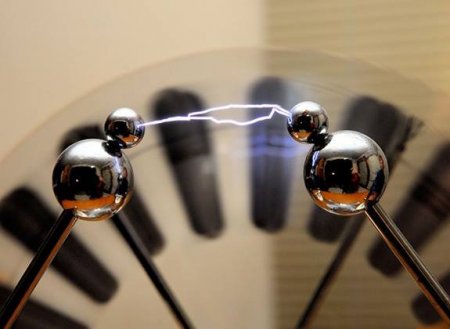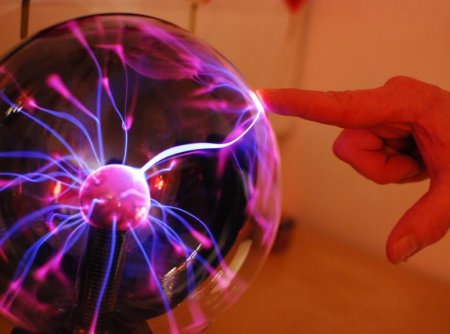What substances conduct electricity
As you know, the ordered movement of electric charge carriers is called electric current. Electrons can act as such charge carriers—in metals, semiconductors, and gases; ions — in electrolytes and gases; and in semiconductors, holes also act as carriers of electric charge—unfilled valence bonds in atoms equal in magnitude to the electron charge, but with a positive charge.
Asking the question what substances conduct electricity, we will have to speculate about what causes the current in the first place, namely, about the presence of charged particles in certain substances. We will not consider bias current here, as it is not a conduction current and is therefore not directly relevant to this question.
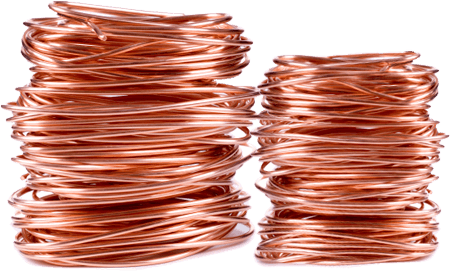
Right, metals are the main conductors of electric current in all modern electrical engineering. Metals are characterized by a weak connection of the valence electrons, that is, the electrons of the outer energy levels of the atoms, with the nuclei of these atoms.
And precisely because of the weakness of these bonds, when a potential difference occurs in the conductor for some reason (eddy electric field or applied voltage), these electrons begin to move in an avalanche in one direction or another, the conduction electrons move inside the crystal lattice, as «electronic gas» movement.
Typical representatives of metal conductors: copper, aluminum, tungsten.
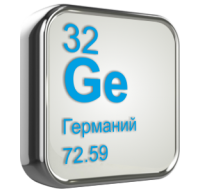
Further down the list — semiconductors… Semiconductors, in their ability to conduct electric current, occupy an intermediate position between conductors such as copper wires and dielectrics such as Plexiglas. Here, one electron is bound to two atoms at once — the atoms are in covalent bonds with each other — therefore, in order for any individual electron considered to start moving, creating a current, it must first receive energy to realize its ability to leave the atom you are
For example, a semiconductor can be heated and some of the electrons will start to leave their atoms, that is, there will be condition for the existence of current — free carriers — electrons and holes — will appear in the crystal lattice (in the place where the electron left, first there remains an empty space with a positive charge — a hole, which is then occupied by an electron from another atom) . Prominent representatives of pure semiconductors are: germanium, silicon, boron. We're not looking at relationships here.
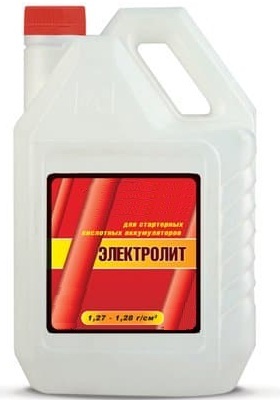
Electrolytes are also capable of conducting current due to the presence of free charge carriers in them. But electrolytes are conductors of the second kind. The free charge carriers in electrolytes are ions (positive ions are called cations, negative ions are called anions).
Cations and anions are formed here due to the process of electrolytic dissociation (breakdown of molecules into parts — into separate ions) of acids, bases, bases in their solutions or melts. Simultaneously with the dissociation, the ions re-associate with molecules — this is called dynamic equilibrium in the electrolyte. An example of an electrolyte is a 40% solution of sulfuric acid in water.
Finally, plasma — an ionized gas — is the fourth state of aggregation of matter. In plasma, electric charge is carried by electrons, as well as by cations and anions formed when gas is heated or when it is exposed to X-ray, ultraviolet, or other radiation ( or under the action of heating and radiation) . Plasma is quasi-neutral, that is, inside it in small volumes the total charge is everywhere equal to zero. But due to the mobility of the gas particles, the plasma is still able to conduct electricity.
In principle, the plasma shields the external electric field, since the charges are separated in it by this field, but due to the fact that the thermal motion of the charge carriers is present, on small scales the quasi-neutrality of the plasma is violated and the plasma practically acquires the ability to conduct an electric current . All interstellar space in the universe is filled with plasma, and the stars themselves are made of plasma.

